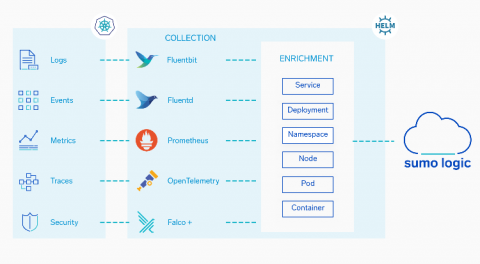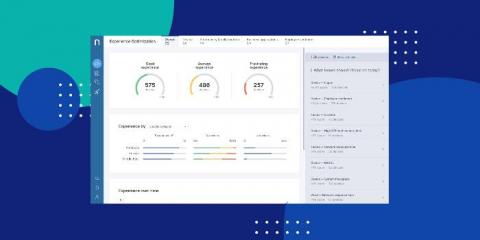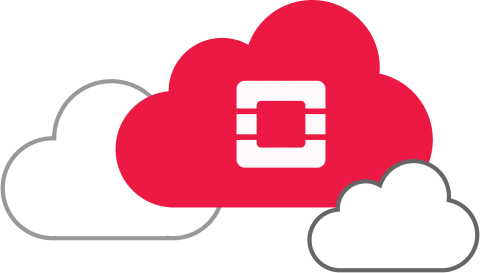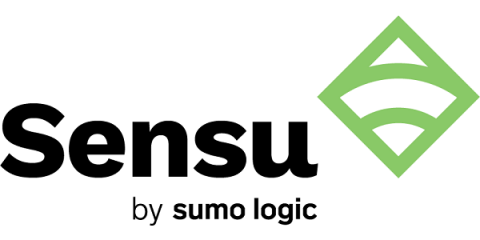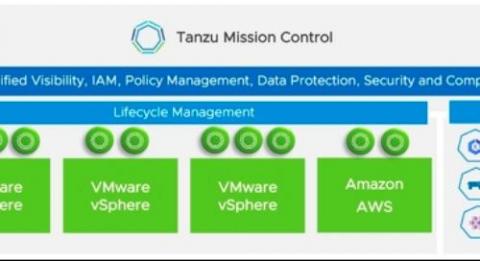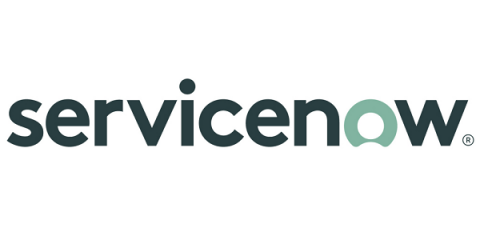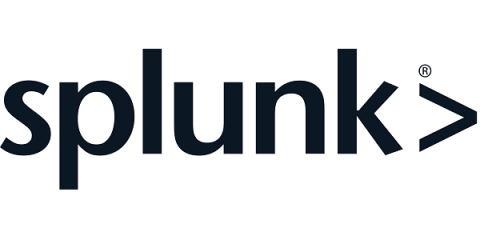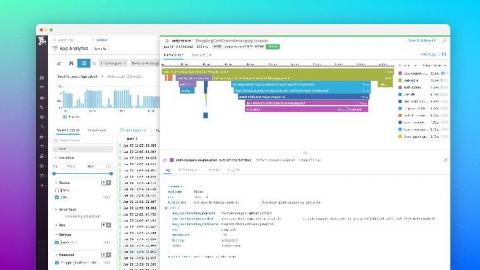Operations | Monitoring | ITSM | DevOps | Cloud
Latest News
Nexthink Engage: a new look & feel
Nexthink Experience 2020.5, the latest product release, introduced a wide range of exciting new features for our customers—from additional Nexthink Act capabilities to Experience Optimization UX improvement. You can find out more on our product documentation page. But one feature we’re thrilled about and just can’t wait for our customers to discover is the new Nexthink Engage User Interface.
Experience Optimization - Virtualization, UX and Insight Upgrades in Latest Release
Since its initial release back in early 2020, Experience Optimization has offered IT teams around the world with a prioritized guided process for proactively managing digital employee experience (DEX) across the enterprise. Since then, it has received continuous upgrades with each product release – new DEX Score dashboards, a modernized interface, additional playbooks, updated metrics or remote working categorization to name a few.
Forecasting the future of cloud with OpenStack experts
OpenStack, the cloud computing platform, has proved to be a beacon of success for open source. It rounds off 10 years in existence this year, a period which has seen it reach nearly 200 countries, and we want to look ahead to what the future holds for the technology.
Kubernetes vs. Docker Swarm: choosing the best option for you
If you’re reading this post, you may have decided to containerize your applications. That’s great! The next step is to decide which container orchestration platform is best for you: Kubernetes or Docker Swarm. In this post, you’ll learn the key differences between Kubernetes and Docker Swarm, as well as the pros and cons of both approaches.
Provisioning and Managing Tanzu Kubernetes Clusters on vSphere 7 from VMware Tanzu Mission Control
We are excited to announce integration between Tanzu Mission Control and Tanzu Kubernetes Grid Service, a component of vSphere 7 with Tanzu. With this integration, customers can centrally provision and manage the lifecycle of Tanzu Kubernetes clusters on vSphere 7 across multiple vCenter Server instances and/or multiple data centers via Tanzu Mission Control.
How ServiceNow is simplifying workflows for everyone within Microsoft Teams
Digital transformation has accelerated in 2020, and the speed in which organizations are able to leverage technology to make work better for their employees and customers has become the ultimate differentiator in business. Microsoft and ServiceNow understand this, and have expanded our partnership to deliver new native workflows in Microsoft Teams.
Splunk Infrastructure Monitoring is AWS Outposts Ready
We are excited to announce that Splunk Infrastructure Monitoring has achieved Outposts Ready designation. This designation recognizes that Splunk provides proven solutions for customers to build, manage and run hybrid cloud applications. AWS Outposts Ready designation establishes Splunk as an AWS Partner Network (APN) member that provides validated integrations with a specific focus on observability and monitoring of AWS Outposts deployments.
How to secure your network from a Ryuk ransomware attack
Universal Health Services (UHS), a Fortune 500 company and healthcare services provider, has reportedly shut down systems at facilities throughout the United States after the Ryuk ransomware hit its network on September 27, according to an article on the Health IT Security website. What is Ryuk ransomware? Ryuk is a sophisticated ransomware threat that targets businesses, hospitals, and government institutions across the world.
Monitor AWS Lambda functions deployed using container images
The serverless ecosystem has changed dramatically since it first began gaining popularity with developers who want a faster, easier way to deploy their applications. Today, it has matured into a compelling strategy for building modern, enterprise-scale products. But, as more and more organizations adopt rapidly changing technologies, developers are often left with gaps in visibility between key applications.


